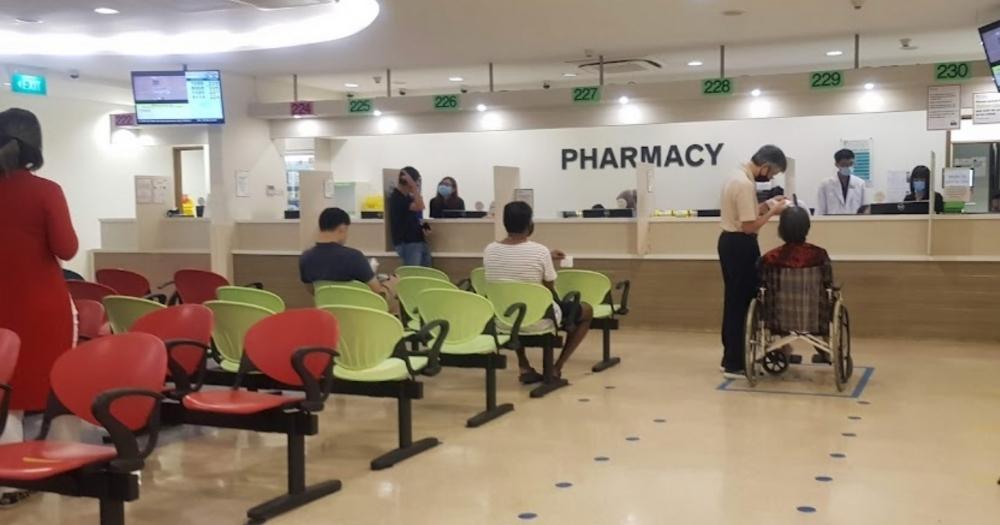1. Introduction
Living with rosacea can be challenging, but with proper treatment and guidance from a dermatologist, managing its symptoms becomes more manageable. However, one common question that arises is how often one should follow up with their dermatologist during rosacea treatment. This article aims to provide insights into the importance of follow-up visits and offer guidance on their frequency.
2. Understanding Rosacea
Rosacea is a chronic skin condition characterized by redness, visible blood vessels, bumps, and sometimes acne-like breakouts, typically on the face. It can be triggered by various factors, including certain foods, beverages, environmental factors, and emotional stress. While there is no cure for rosacea, its symptoms can be managed with lifestyle changes, skincare routines, and medical treatments prescribed by a dermatologist.
3. Importance of Dermatologist Follow-Up
Rosacea Treatments visits with a dermatologist are crucial for individuals undergoing rosacea treatment. These visits allow the dermatologist to monitor the progress of the treatment, assess any changes in the skin condition, and make necessary adjustments to the treatment plan. Additionally, follow-up visits provide an opportunity for patients to address any concerns or questions they may have about their treatment or skin condition.
4. Frequency of Follow-Up Visits
The frequency of follow-up visits with a dermatologist during rosacea treatment may vary depending on several factors, including the severity of the condition, the effectiveness of the treatment, and individual response to treatment. In general, dermatologists may recommend follow-up visits every 4 to 6 weeks initially to assess the response to treatment and make any necessary adjustments.
As the condition improves and symptoms become more manageable, the frequency of follow-up visits may decrease to every 3 to 6 months. However, it’s essential to note that these are general guidelines, and the frequency of follow-up visits may be adjusted based on individual needs and the dermatologist’s recommendations.
5. Signs That Indicate Need for Immediate Follow-Up
While regular follow-up visits are essential, some certain signs and symptoms may indicate the need for immediate follow-up with a dermatologist. These include:
- Sudden worsening of rosacea symptoms
- Development of new or unusual symptoms
- Severe or persistent redness, swelling, or discomfort
- Signs of infection, such as warmth, tenderness, or pus-filled lesions
- Any other concerns or questions about the treatment or skin condition
If any of these signs or symptoms occur, it’s important to contact a dermatologist promptly to determine the appropriate course of action.
6. Tips for Maximizing Follow-Up Visits
To make the most of follow-up visits with a dermatologist during rosacea treatment, consider the following tips:
- Keep track of symptoms and any changes in the skin condition between appointments.
- Write down any questions or concerns you may have before the appointment to ensure they are addressed during the visit.
- Be open and honest with your dermatologist about your symptoms, concerns, and treatment adherence.
- Follow the treatment plan as prescribed by your dermatologist and report any side effects or difficulties with the treatment.
- Take note of any recommendations or adjustments to the treatment plan provided by your dermatologist and follow through with them accordingly.
By actively participating in follow-up visits and communicating openly with your dermatologist, you can help ensure the best possible outcomes in managing your rosacea.
Additional Considerations
In addition to regular follow-up visits with a dermatologist, there are several other factors to consider when managing rosacea:
- Skincare Routine: Adopting a gentle skincare routine tailored to sensitive skin can help manage rosacea symptoms. This may include using mild cleansers, avoiding harsh exfoliants or abrasive products, and applying moisturizers and sunscreen daily.
- Triggers Avoidance: Identifying and avoiding triggers that exacerbate rosacea symptoms can play a significant role in managing the condition. Common triggers include spicy foods, hot beverages, alcohol, extreme temperatures, and certain skincare products.
- Lifestyle Modifications: Making certain lifestyle modifications can help reduce the frequency and severity of rosacea flare-ups. This may include managing stress through relaxation techniques, getting regular exercise, maintaining a healthy diet, and avoiding excessive sun exposure.
- Medication Adherence: It’s essential to adhere to the prescribed medication regimen and follow the dermatologist’s instructions carefully. This may involve taking oral medications, applying topical treatments, or undergoing in-office procedures such as laser therapy or intense pulsed light (IPL) therapy.
- Sun Protection: Protecting the skin from the sun’s harmful UV rays is crucial for individuals with rosacea, as sun exposure can trigger flare-ups and worsen symptoms. This includes wearing broad-spectrum sunscreen with SPF 30 or higher daily, seeking shade, and wearing protective clothing, hats, and sunglasses.
Collaborative Approach
Managing rosacea often requires a collaborative approach between the patient and their healthcare provider. By working together, individuals with rosacea can develop personalized treatment plans that address their specific needs and goals.
Patients should feel empowered to communicate openly with their dermatologist about their symptoms, concerns, and treatment preferences. Likewise, dermatologists should listen attentively to their patients’ input, provide clear explanations of treatment options, and involve patients in shared decision-making regarding their care.
7. Conclusion
Regular follow-up visits with a dermatologist are essential for individuals undergoing Rosacea Treatments near me . These visits allow for monitoring of the treatment’s effectiveness, assessment of any changes in the skin condition, and adjustments to the treatment plan as needed. By following the recommendations of your dermatologist and actively participating in follow-up visits, you can effectively manage your rosacea symptoms and improve the overall health and appearance of your skin.
Read Also :
GENERALRemain Stylish on a Careful Spending Plan Essentials Hoodie: Reasonable Dress Tips and Pieces of Advice


